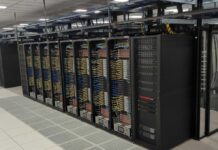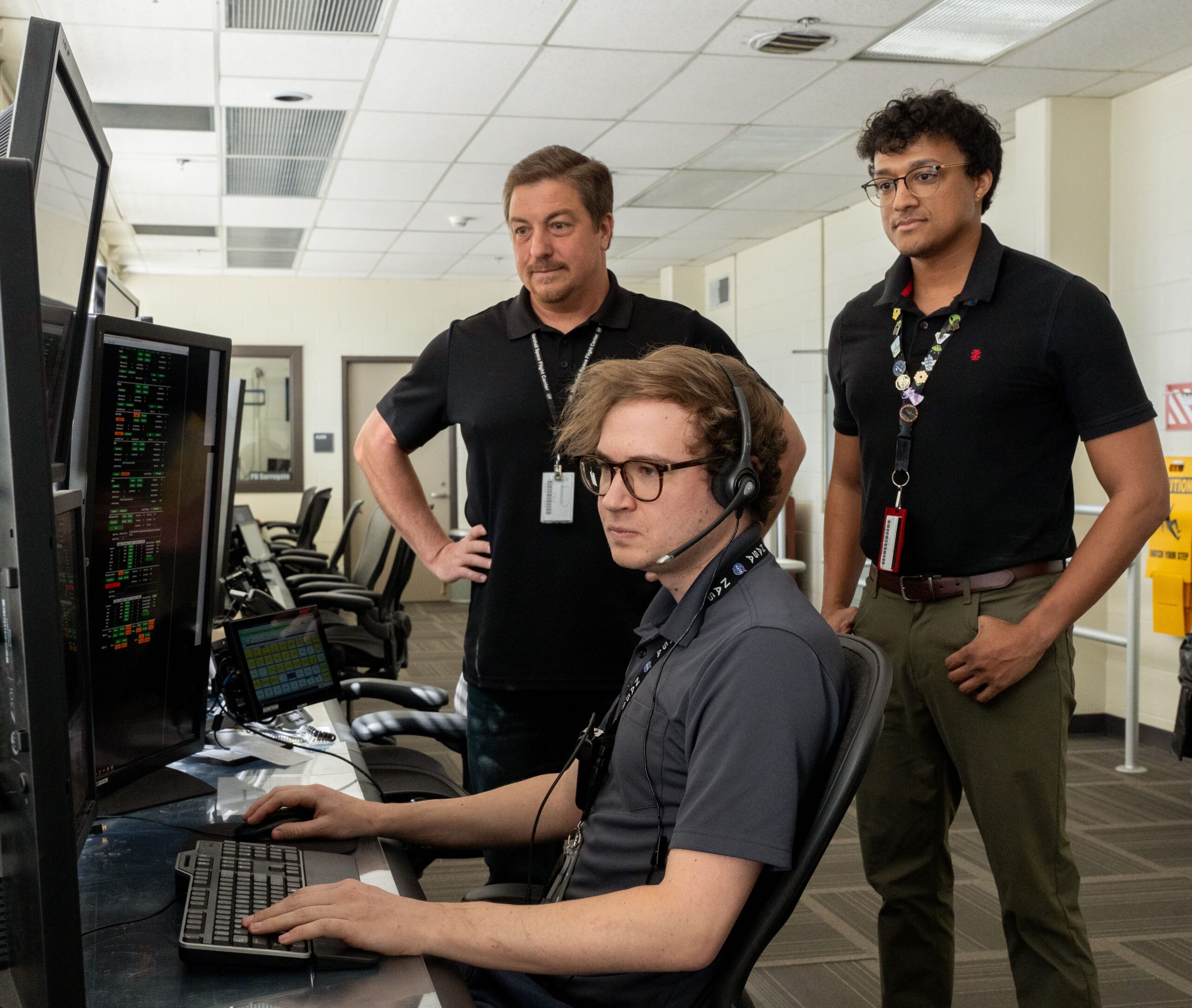NASA’s New Automation Tools Revolutionize Space Station Operations
In a significant advancement for space technology, NASA’s Marshall Space Flight Center in Huntsville, Alabama, has developed two innovative automation tools designed to enhance the efficiency of flight controllers overseeing the International Space Station (ISS) operations. These tools, named AutoDump and Permanently Missing Intervals Checker, are set to transform the way ISS data is managed and analyzed from the Huntsville Operations Support Center.
Streamlining Data Management with AutoDump
The International Space Station, while orbiting Earth, frequently encounters periods of communication blackout. During these loss-of-signal intervals, data transmission to Earth is interrupted. To mitigate data loss, an onboard buffer temporarily stores this information. Traditionally, once the signal is re-established, flight controllers had to manually initiate the process to downlink, or "dump," this stored data. This task, though routine, required consistent attention and time from the flight control team.
Enter AutoDump—a tool engineered to automate this repetitive process. AutoDump detects when the ISS experiences a routine loss-of-signal and autonomously sends the necessary command to downlink the buffered data as soon as communication is restored. This automation not only ensures that data is promptly transmitted but also logs the completion of the downlink in the console log, providing a reliable record of the operation.
Michael Zekoff, the Space Systems Operations Manager at Marshall, emphasized the importance of this innovation. "Efficiently sending these dump commands is crucial to ensure that space station payload developers can work with the most up-to-date data," he stated.
The successful deployment of AutoDump on February 4th marks a milestone in space operations, promising to free flight controllers from mundane tasks, allowing them to concentrate on more critical aspects such as situational awareness and anomaly response.
Enhancing Data Integrity with Permanently Missing Intervals Checker
The second tool, the Permanently Missing Intervals Checker, is poised to further enhance the efficiency of NASA’s operations. It’s designed to address the issue of data gaps—periods where data is irretrievably lost due to various factors like network fluctuations. These gaps, though usually brief, can significantly impact scientific research and data analysis.
Checking for these permanently missing intervals was traditionally a labor-intensive task. Nathan Walkenhorst, a NASA contractor and flight controller specialist with Bailey Collaborative Solutions, described the process as both challenging and time-consuming, highlighting the need for a comprehensive approach to account for all potential payload impacts.
The Permanently Missing Intervals Checker automates this process, enabling NASA to swiftly gather and evaluate the effects of these data gaps. By doing so, it minimizes operational disruptions and enhances the value of scientific investigations conducted aboard the ISS. The tool is expected to be operational later this year, promising a new era of efficiency in space data management.
Collaboration and Innovation: A Team Effort
The development of these automation tools was a collaborative effort involving various experts. Alongside Walkenhorst and Zekoff, Ramon Pedoto, a software architect, and Tyrell Jemison, a NASA contractor and data management coordinator with Teledyne Brown Engineering Inc, played crucial roles in bringing these tools to fruition.
Developing such sophisticated tools required seamless coordination between flight control and software teams at Marshall. The tools underwent extensive testing in both simulated and real-world environments to ensure they could handle various scenarios, including spacecraft operations, communication coverage, and unexpected anomalies.
Zekoff highlighted the meticulous process involved in deploying these tools, stating, "The team solicited broad review to ensure that the tool would integrate correctly with other station systems. Automated tools are evaluated carefully to prevent unintended commanding or other consequences. Analysis of the tools included thorough characterization of the impacts, risk mitigation strategies, and approval by stakeholders across the International Space Station program."
Supporting Space Exploration and Research
The Huntsville Operations Support Center plays a pivotal role in supporting not only the ISS but also other significant NASA missions, including the Commercial Crew Program and Artemis missions. Additionally, it supports various science and technology demonstration missions. The Payload Operations Integration Center, a part of the Huntsville Operations Support Center, operates around the clock, planning and coordinating science experiments aboard the ISS throughout the year.
These advancements in automation tools align with NASA’s broader mission to enhance space exploration and scientific research capabilities. By leveraging cutting-edge technology to streamline operations, NASA continues to push the boundaries of what is possible in space exploration.
For more information on NASA’s initiatives and the International Space Station, visit NASA’s official website.
In summary, the introduction of AutoDump and the Permanently Missing Intervals Checker represents a significant leap forward in space technology. By automating routine tasks and enhancing data management, these tools not only improve operational efficiency but also contribute to the overall success of NASA’s missions. As space exploration continues to evolve, innovations like these will play a crucial role in ensuring that humanity’s reach into the cosmos is both effective and sustainable.
For more Information, Refer to this article.































![Samsung Developers Recommend 3 Top Good Lock Features [Exploring Good Lock ③] 3 Features Recommended by Samsung Developers and Newsroom Editors](https://www.hawkdive.com/media/samsung-mobile-good-lock-home-up-developers-and-editors-picks-wonderland-edge-lighting-and-nice-shot-218x150.gif)

